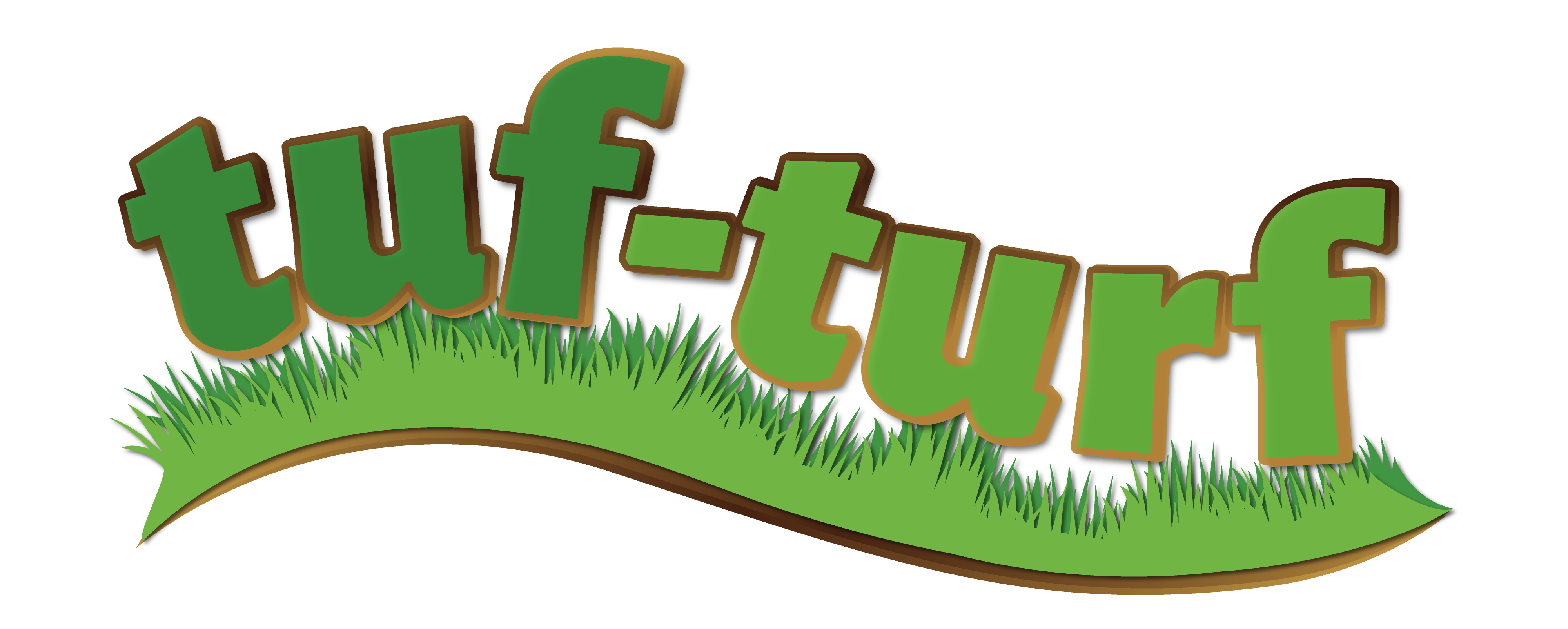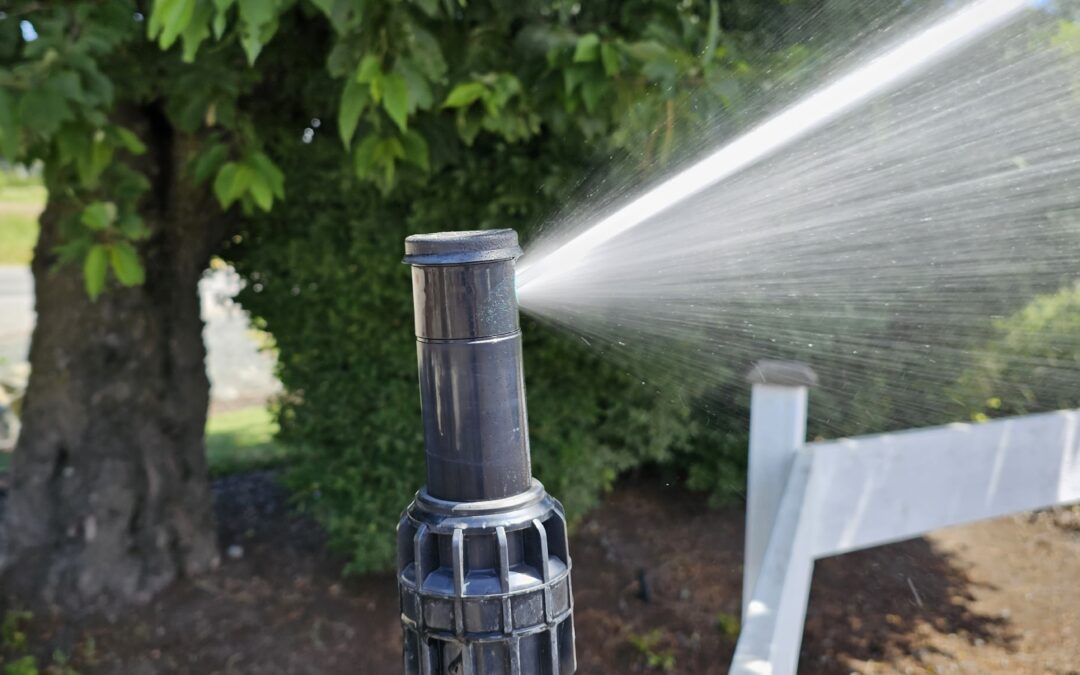If a strong healthy lawn is the desired goal for your yard appropriate watering is a key factor. Agriculture Canada recommends one inch of water per week. This can vary to due heat, wind, and soil structure.
Understanding Soil
Soil is generally hydrophobic (water will run off it and is not easily absorbed by it). Due to that fact, it is best to water slowly rather than a lot all at once.
Lawn Watering Tips
When deciding the best approach to watering your lawn in the Greater Victoria BC region, a good general approach that follows the CRD Watering Schedule By-laws, is to split your inch of water or irrigation between the two days you are allowed, in other words, half an inch each day you are allowed to water. To facilitate the potential for even better water absorption, if you have the time or an irrigation system that permits, split your half inch each day into two-quarter inches, one in the morning and one in the evening (always keeping within the CRD’s rules for days and times). This is called the Cycle and Soak method and is used for hydrophobic soils. This method encourages water absorption allowing for deeper water penetration as opposed to evaporation.
How do you know you’re applying the right amount? A simple but effective strategy involves placing a small container like a cup or can on your lawn. This measure not only helps you track the volume of water being applied but also lets you examine the effectiveness of your irrigation system. It’s vital to do this across different areas of your lawn, as sprinklers or other irrigation systems can deliver varying water amounts to different sections.
Watering During Dry Periods, and Watering Restrictions
Always remember that a strong healthy lawn with a good deep root system is better able to cope with dryer periods. Your best approach to coping with dry periods is springtime preparation. Ensure that your lawn has been fertilized appropriately in the spring leading into summer. It is important to note that it will take approx. 4 times as much water to get the soil to absorb water if it has been left to dry out. For the health of your lawn and conservation reasons, missing watering schedules can actually require more water to bring the lawn back than maintaining a watering schedule as recommended. Always ensure that your irrigation system is in good working order that way your lawn won’t have to deal with additional stress and become dried out.
A Dry Lawn
If you stop watering your lawn during the summer, your lawn will go dormant, which is a natural defense mechanism for many types of grass. During dormancy, the grass turns brown and stops growing to survive the harsh conditions. However, it’s not dead and can revive when favorable conditions return. The viability of this option depends on your grass type and local climate. Grasses (like Fescue, Ryegrass, or Kentucky Bluegrass) naturally go dormant in hot, dry conditions and can survive without water for a period by going dormant.
However, extended periods without rain or watering can lead to the grass stressing, thinning and potentially dying. If a drought lasts more than a month, a deep watering (about one inch) every few weeks can help keep the grassroots alive. It’s also worth considering the aesthetic aspect. If you’re okay with a brown lawn in summer, then allowing your lawn to go dormant can be a viable water-saving strategy. In any case, maintaining a healthy lawn throughout the spring and summer with proper mowing, fertilizing, and watering techniques, can help it better withstand drought and will allow it to recover sooner and more vigorously.
A great lawn is all about healthy root development.
If you are dealing with seed then have a look at our Overseeding your Lawn blog post for some great notes on how to water new seed.

